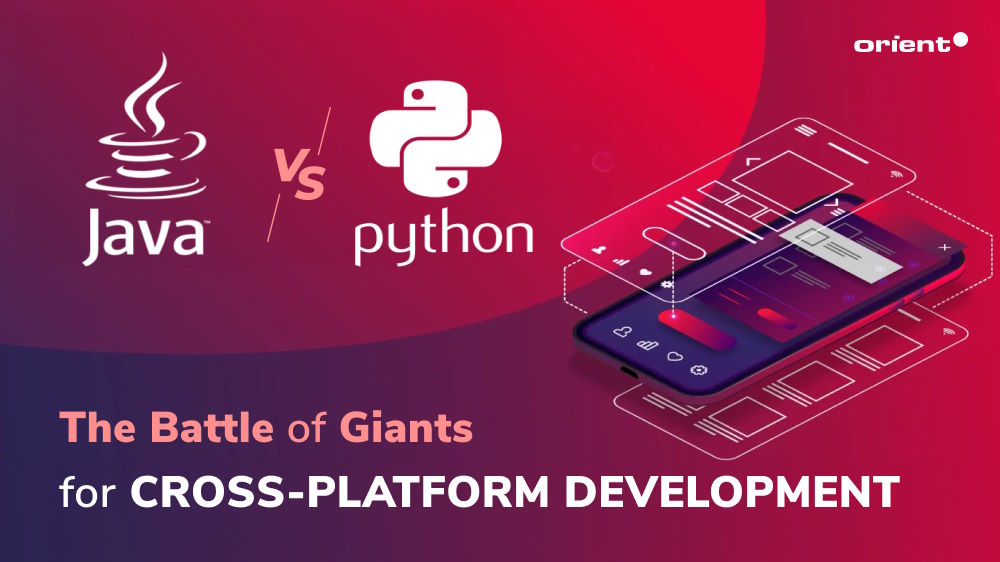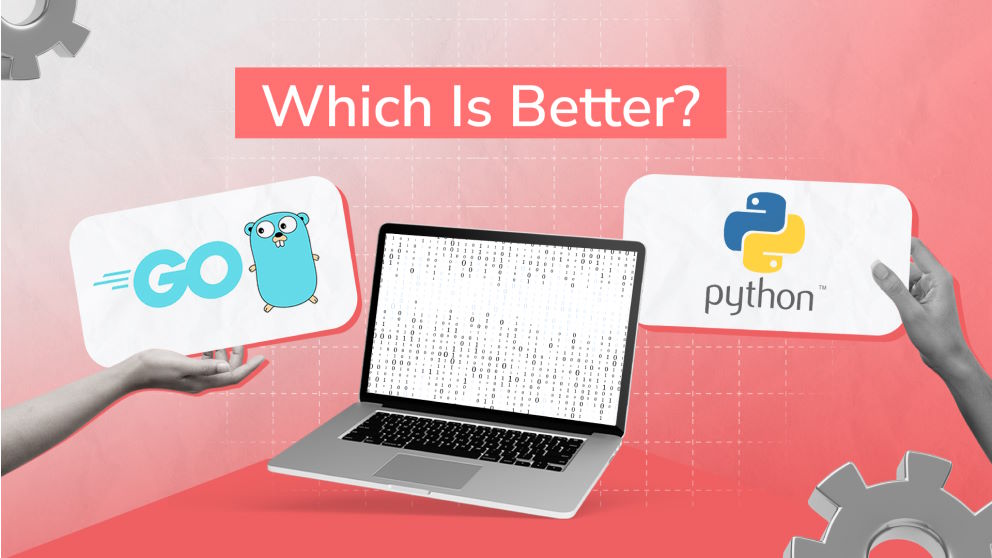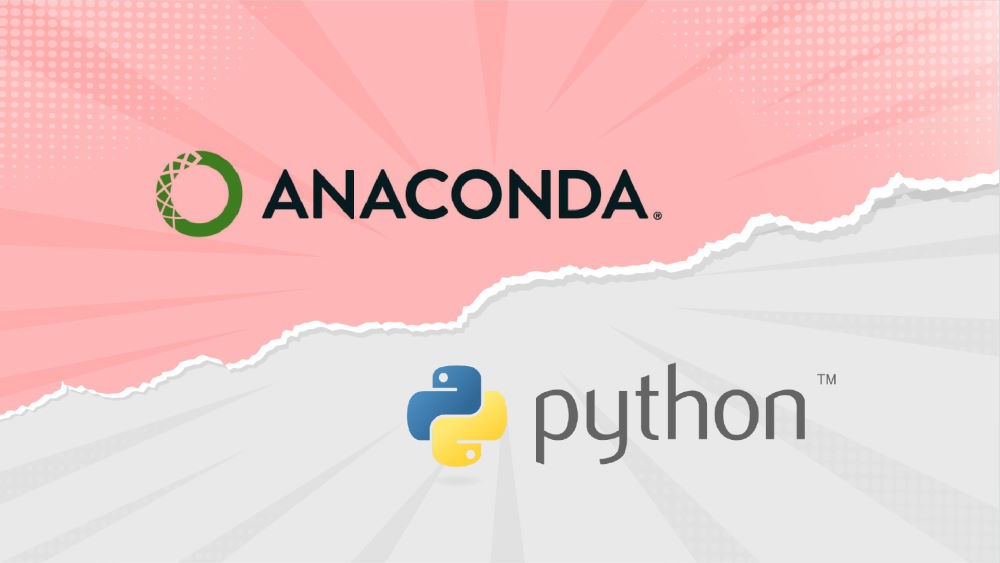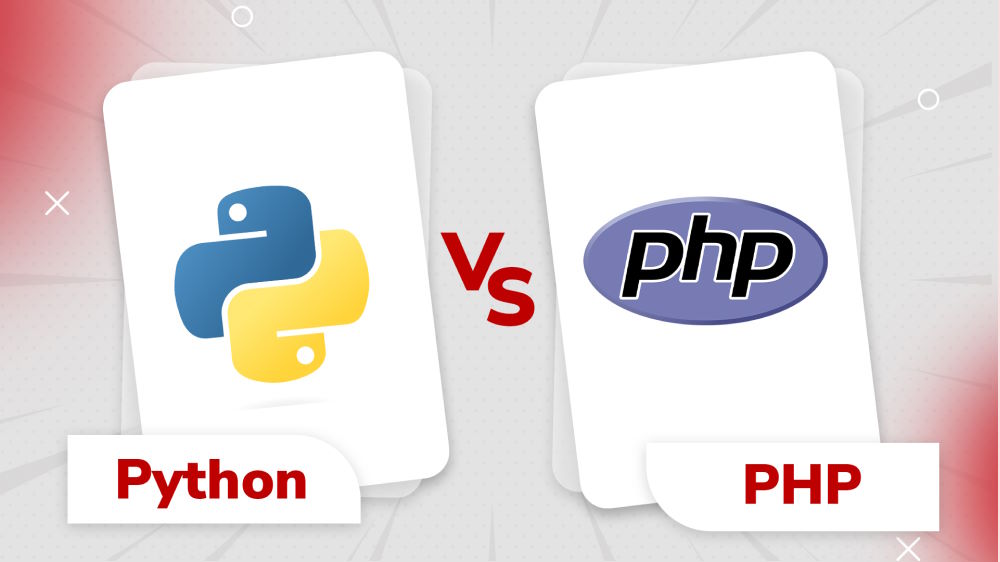Java vs. Python: The Battle of Giants for Cross-platform Development

Content Map
More chaptersJava and Python have existed in the software development landscape since the 1990s. Through many updates to improve features and performance, they gradually expanded their market share and became two of the most popular programming languages over the past decades. The rise of Python and Java has led to widespread discussion revolving around their advantages and questioning which is the best language on the planet.
The choice of language deeply affects various aspects of the project, including its performance, functionality, and the ability to acquire and retain skilled developers. As both Java and Python have their own advantages and disadvantages, choosing the best fit can be a daunting task. Starting your journey towards an informed decision in your next coding endeavor is made easier with this in-depth comparison between Java and Python.
What Is Java Code?

Java is an object-oriented programming language and software platform behind billions of devices’ smooth operation. Developed by James Gosling in 1995, Java has since grown to become one of the most popular languages on the planet, capturing the majority of the mobile app development and web development market.
The language is based on C and C++ but has lower complexities and is characterized by its object-oriented, high-level, and class-based nature. Based on the “write once, run anywhere” (WORA) principle, Java allows Java developers to write a single codebase once and deploy it on any device or operating system running Java Virtual Machine (JVM). Microsoft, Uber, and Airbnb are some of the big names in the industry that use Java as their operating language.
What Is Python Code?

First released in 1991 by Guido van Rossum, Python is a general-purpose and interpreted language known for its readability and ease of use. With a philosophy that leverages code readability and simplicity, Python is easily accessible to both beginners and professionals. This language has proven its popularity and unwavering position as the foundation for a wide range of software products, from web development and software engineering to data analysis, machine learning, and automation.
When writing Python code, developers freely use the language’s frameworks, libraries, and built-in data structures to perform a variety of tasks related to the development process, such as building applications, automating tasks, manipulating data, and solving diverse computing challenges. Some big organizations that use Python include Google, Netflix, and NASA.
Python vs. Java: The Difference between Python and Java
While both Python and Java are object-oriented programming languages that demonstrate strong cross-platform support, they have differences you need to consider before making your choice. By providing you with a head-to-head comparison between Java vs. Python, we help you understand what each technology can offer for different projects.
Typing and Compilation
Typing and compilation are significant factors that affect each language’s usage and performance in various development scenarios.
Java is a statically typed and compiled language which requires variable data types to be explicitly declared. When using Java, developers must specify each variable’s data type right at the time of declaration. In this way, clear type information is provided to the compiler, ready to serve the software development process. The compilation process in Java includes translating the human-readable Java code into platform-independent bytecode before execution.
In contrast, Python does not require explicit type declarations due to Python’s dynamic typing. As a dynamically typed language, Python allows developers to assign different data types during runtime. This high level of flexibility provides a more agile coding experience, where the overhead of specifying data types upfront is reduced to the maximum. Just-in-time compilation is also a function that helps Python code to be executed directly, line by line, without the need to compile the entire codebase previously separately.
Syntax and Coding Style
Java is recognized for its more complex syntax compared to Python. With stringent rules that require extensive use of punctuation, Java uses many semicolons and curly braces, which can potentially slow down the writing code process. With Java, developers are required to write many more lines of code to accomplish a task or achieve the same functionality compared to Python. This may increase development time but result in a structured and maintainable codebase for future expansion.
In contrast, Python’s syntax emphasizes simplicity and readability. With only minimal boilerplate code combined with a straightforward coding style, developers can easily express concepts concisely and clearly without spending too much time, as in Java. The reduced syntactic noise in Python shortens the coding process and can enhance developer productivity by allowing for faster code composition and easier maintenance.
Performance
Although developers take more time to write code with Java, the language’s speed is considered superior to Python due to inherent differences in their execution models. According to many online information sources, Java’s speed can be up to 25+ times faster compared to Python. To explain this difference in performance, we cannot fail to mention Java’s compiled nature.
As the code is translated into bytecode before execution, Java results in faster execution speeds and better runtime performance. In case errors appear in the code, the compilation will immediately return the errors, forcing developers to handle them before completing the coding process. Such a process may make the development time longer, but it is more effective in terms of speed and stability than software written in Python.
Unlike Java, Python, which is known to be an interpreted language, exhibits slower execution speeds. Because its programs are not compiled in advance, code lines are forced to process line by line, which means developers can only recognize code errors right at runtime. It is these potential overheads that are the main cause affecting Python’s speed, especially on compute-intensive tasks where speed is paramount.
Security
With advanced access control mechanisms and authentication functionalities, Java is considered more secure than Python. Built-in features such as authentication or access control help developers easily mitigate risks related to unauthorized access and data compilation, making it a preferable choice for security-critical systems. Not only that, Java also has a strict static typing and type system, which are two important factors that ensure type safety and reduce vulnerabilities related to dynamic typing errors.
On the other hand, Python, with its readability, simplicity, and dynamic nature, brings benefits in terms of ease of use but also introduces security challenges. While the language’s design that prioritizes readability and simplicity can potentially lead to less explicit security controls, its dynamic nature and flexibility are also factors leading to vulnerabilities arising from dynamic typing and code execution characteristics. However, Python is still suitable for cybersecurity tasks if the system is fully equipped with additional security-conscious practices.
Learning Curve
As both Python and Java programming languages have been widely popular among developers over the years, they both provide vibrant communities and robust support systems, helping beginners learn from each other and access a vast source of knowledge. The difference in learning curve comes from their design and characteristics.
Java is considered more difficult to master than Python. Unlike Python, Java has a strict type system, verbose syntax, and complex execution models, which all require the user to have an understanding of programming principles as a whole to be able to use them fluently. It is the steeper learning curve that makes the language less suitable for individuals transitioning from simpler languages or starting their programming journey.
On the contrary, Python is famous for being ideal for those who are looking for the first programming language to learn. Due to its simplicity, readability, straightforward structure, and friendly syntax, Python helps beginners easily grasp fundamental concepts quickly and start coding effectively without grappling with complex syntax or setup requirements.
When to Use Java over Python
Insights from various sources shed light on situations where Java is preferred over Python:
- Safety-critical applications
- High-performance computing
- Large-scale enterprise applications
- Android app development
- Resource-intensive systems
- Big data
- Internet of Things (IoT)
- Game development
When to Use Python over Java
Insights from various sources shed light on situations where Python is preferred over Java:
- Back-end development
- Brute force scripting
- Rapid prototyping
- Data science and machine learning
- Web development
- Automation and scripting
- Microservice applications
- Data analysis
Will Python Replace Java?
The shift in the popularity dynamics between Java and Python has sparked discussions within the community of developers, highlighting the evolving preferences and considerations when choosing programming languages for diverse projects and applications.
The rapid change in developer demands and market trends helps many new languages take the throne, and old ones fall out of favor, causing the rankings to constantly fluctuate. The short answer to whether Python will replace Java in the future is yes. According to statistics from PYPL (PopularitY of Programming Language), Python has now beaten every other language, not just Java, to become the most popular language in 2024.
However, such rankings are for reference only because the choice of language does not only depend on popularity. When considering whether to use Python over Java or vice versa, it is vital to evaluate each language’s unique project requirements and strengths. To most accurately assess the suitability of each language for the project, you can seek the help of industry experts.
As an outsourcing company, Orient Software not only provides custom application development services but also fulfills customer requirements and delivers product outcomes of the best possible quality. With a customer-centric approach, contact us to discover how we can help your business grow.







